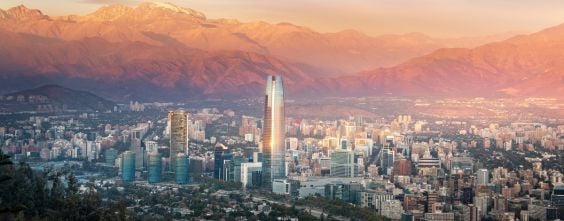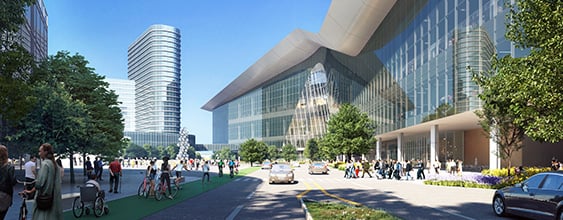San Antonio is a fantastic place to live, but “historical awareness” tells us there are still many challenges to overcome. It is one of the most economically segregated communities in the U.S., obesity and diabetes are a major challenge, and we are still suffering from past systemic land use policy inequities. City leadership is focused on these challenges now, and progress is being made.
With that in mind, it becomes clear that creating a Future Ready™ community is about more than just fixing failing infrastructure. Communities need to recognize the intersection of challenges and opportunities and incorporate multi-use, future-proof infrastructure that delivers multiple benefits. With limited resources, agencies must prioritize investments, and true alignment among all departments needs to be established to create a shared vision or goal.
San Antonio’s Howard Peak Greenway Trail System is a testament to a shared vision for multi-use infrastructure, and local agency cooperation among the City of San Antonio, Bexar County and the San Antonio River Authority (SARA), which all share responsibility in funding, delivering and maintaining the system.
The multi-use trail system comprises about 80 miles of trails throughout the city’s creeks, with another 30 miles in design or construction. The creeks are mostly ephemeral, meaning that they are wet only after a rain. Since the creeks are dry for most of the year, a public trail system is a great alternative use of that infrastructure.
Beyond recreational use, as the trail system becomes more complete and connections are made to bike infrastructure along surface streets—and in turn to public transit options—the trails will provide a viable alternative for more active forms of commuting, promoting healthier lifestyles.
The importance of multi-use infrastructure as a Future Ready component is echoed by Steve Graham, assistant general manager for SARA and a local and national leader in water quality.
“Surface water management needs to not only be holistic, linking surface water runoff to potable water usage, but also multipurpose,” Graham said. “To bring true value to a community, projects need to establish co-benefits, such as the use of green infrastructure in transportation projects to provide shade and stormwater treatment, which may also provide climate and economic benefits to the project.”

















